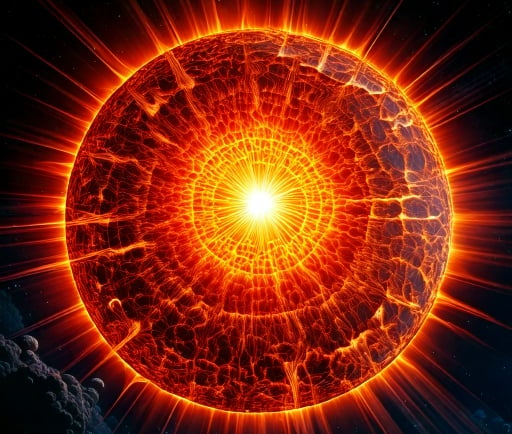The Coronal Holes: The Fascinating Features of the Sun's Atmosphere


Introduction to Coronal Holes
Coronal holes are intriguing phenomena located within the sun's atmosphere. They represent areas where the sun's magnetic field lines extend outward into space, creating openings that allow solar wind to escape into the solar system. These cosmic vents play a critical role in space weather, influencing satellites, communication systems, and even power grids here on Earth.
The Sun's Corona Explained
The sun's corona, the outermost layer of its atmosphere, is a dynamic and dramatic environment characterized by its wispy, ethereal appearance. This outer layer becomes most evident during a total solar eclipse, where the corona can be seen as delicate, white streamers of plasma radiating from the sun's surface. The corona is made up of three distinct types of light: the f-corona, k-corona, and e-corona, each contributing to our understanding of solar dynamics and energy transfer.
Impact of Coronal Holes on Solar Wind
When discussing solar wind, coronal holes play a significant role as they are primary sources of this solar outflow. The solar wind consists of charged particles, primarily electrons and protons, which flow out from the sun and travel through space. During periods of heightened solar activity, coronal holes can become larger and produce stronger solar winds, leading to potential geomagnetic storms on Earth. Such storms can cause disruptions in various technologies, including GPS systems and satellite communications.
In summary, coronal holes are vital to our understanding of solar dynamics and their impact on the solar system. As areas where the sun's magnetic field is open, they allow for the continual streaming of solar wind, significantly affecting space weather phenomena. By studying these regions, researchers can gain critical insights into the nature of the sun and its effects on our own planet.
